NDO - On December 27, the US National Aeronautics and Space Administration (NASA) announced that the Parker Solar Probe spacecraft had safely completed the closest approach ever to the Sun by any man-made object, marking an important step forward in space science research.
According to NASA, on December 24, the Parker Solar Probe spacecraft came within 6.1 million kilometers of the Sun's surface, penetrating deep into the corona - the outermost atmosphere of the Sun. This is an unprecedented step to help scientists learn more about the closest star to Earth.
The spacecraft’s signal was received by the operations team at the Johns Hopkins Applied Physics Laboratory (Maryland, USA) just before midnight on December 26, according to information from NASA. Detailed data on the spacecraft’s operational status is expected to be sent back to Earth on January 1, 2025.
During this approach, the Parker Solar Probe traveled at speeds of up to 692,000 km/h and endured extreme temperatures of up to 982 degrees Celsius.
NASA said such close access will help Parker Solar Probe collect important data on how material in the corona is heated to millions of degrees, trace the origin of the solar wind – the stream of material constantly escaping from the Sun, and explain how high-energy particles are accelerated to speeds close to the speed of light.
"We are rewriting the textbooks on how the Sun works, thanks to valuable data from Parker Solar Probe," said Dr. Joseph Westlake, director of NASA's solar physics research program.
“This mission has been proposed since the 1950s,” Mr. Westlake emphasized. “It is an extraordinary achievement that humans can create technology that allows us to go deep into the discovery of how the Sun works."
Parker Solar Probe was launched into space in 2018. NASA used Parker Solar Probe's Venus flybys to gradually pull the spacecraft into an orbit closer to the Sun.
The team is preparing for further flybys in the extended phase of the mission, hoping to capture special events in the corona, Mr. Westlake said.
Source: https://nhandan.vn/tau-vu-tru-cua-nasa-tiep-can-mat-troi-gan-nhat-tu-truoc-toi-nay-post853038.html





![[Photo] Lam Dong: Panoramic view of Lien Khuong waterfall rolling like never before](/_next/image?url=https%3A%2F%2Fvphoto.vietnam.vn%2Fthumb%2F1200x675%2Fvietnam%2Fresource%2FIMAGE%2F2025%2F11%2F20%2F1763633331783_lk7-jpg.webp&w=3840&q=75)
![[Photo] National Assembly Chairman Tran Thanh Man holds talks with South Korean National Assembly Chairman Woo Won Shik](/_next/image?url=https%3A%2F%2Fvphoto.vietnam.vn%2Fthumb%2F1200x675%2Fvietnam%2Fresource%2FIMAGE%2F2025%2F11%2F20%2F1763629724919_hq-5175-jpg.webp&w=3840&q=75)
![[Photo] President Luong Cuong receives President of the Senate of the Czech Republic Milos Vystrcil](/_next/image?url=https%3A%2F%2Fvphoto.vietnam.vn%2Fthumb%2F1200x675%2Fvietnam%2Fresource%2FIMAGE%2F2025%2F11%2F20%2F1763629737266_ndo_br_1-jpg.webp&w=3840&q=75)
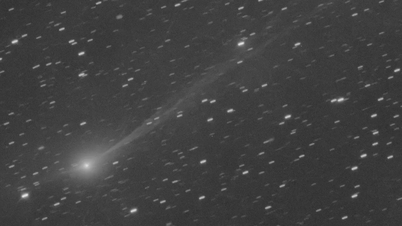

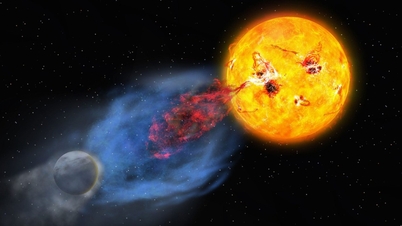

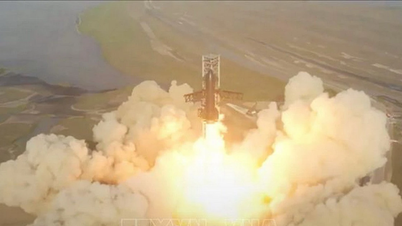



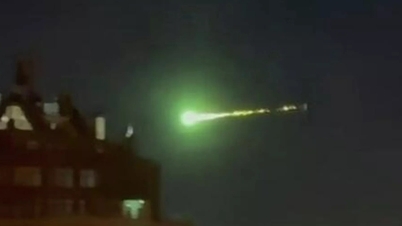























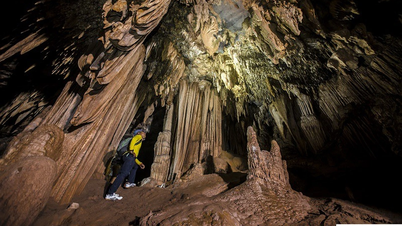






































































Comment (0)